Demand for electric vans is soaring as more fleets and businesses seek zero-emission transport solutions. The number of available models is growing too, but finding the right van for your business can be tricky as the range, payload and capability of the available models can vary drastically.
We've selected seven electric vans, using data from the Commercial Fleet Van Running Costs Tool, that are cost effective and practical.
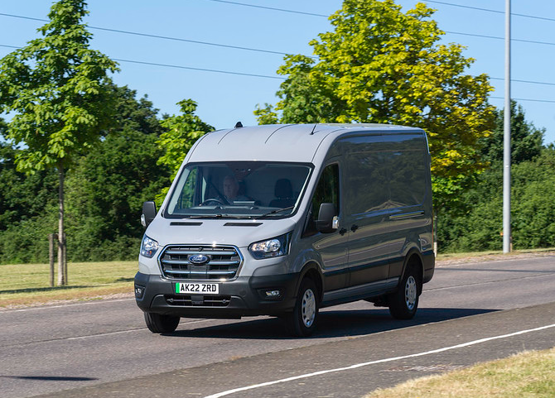
In developing the electric Transit, Ford has not only produced an excellent vehicle with serious fleet credibility. It has also launched a range of services to support operators through their powertrain transition and to provide enhanced in-life support.
The E-Transit does everything you’d expect a Ford Transit to do. It is practical, durable and offered in a wide range of sizes and weights to suit differing needs.
It earned the title as the Best Zero Emission Large Van, at the 2023 Fleet News Awards.
Two power outputs are available - 183PS and 269PS – while the 68kWh battery provides a real-world range of 150 – 180 miles and rapid charging.
Payload is up to 1,758kg on the panel van model, and the range totals 25 variants of van, double-cab in van and chassis cab body styles with multiple lengths and roof heights, as well as gross vehicle weights from 3.5 to 4.25 tonnes. Load volumes go up to 15.1 cubic metres.
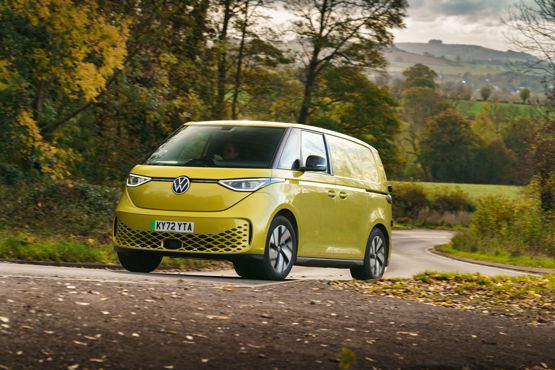
You only have to look at the ID Buzz Cargo to realise it’s something special. Unlike most of the vans in our list, it’s the only one that’s built specifically for an electric powertrain.
It borrows much of its technology from VW’s ID range of electric cars, all wrapped up in a retro-styled body.
The cab is spacious and quiet, providing ample room for three to travel in comfort. With short overhangs and a large windscreen, visibility is excellent and the van is easy to manoeuvre.
With a 77kWh battery, the ID Buzz Cargo will easily go further than any other electric van in its segment. The official range is 256 miles.
The loadspace measures 3.9 cubic metres, with a payload of 607Kg, which makes it less practical than other vehicles of a similar footprint. When it comes to driver satisfaction and range, however, the ID Buzz is simply unchallenged, which is why we named it the Best Zero Emission Small Van of 2023.
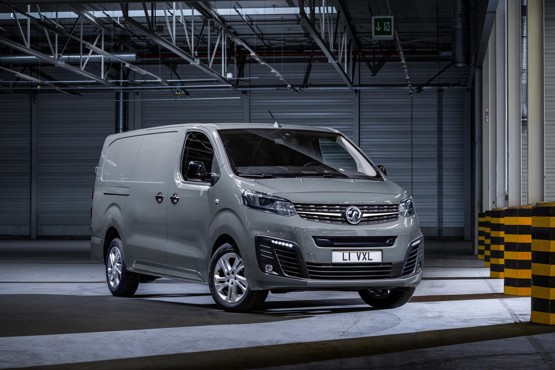
The Vivaro-e was named our Best Zero Emission Medium Van at the 2023 Fleet News Awards and is an electric vehicle that can comfortably suit the daily requirements of many businesses and fleet operators.
This year to date it’s the UK’s best-selling electric van, so buyers clearly agree.
It is capable of more than 200 miles of driving range, yet also manages to deliver payload that’s competitive with conventional diesel-powered rivals.
There’s a choice of two battery pack sizes – 50kWh and 75kWh – giving respective ranges of 143 miles and 205 miles.
The van is comfortable, easy-to-drive and well equipped. It’s also compatible with public rapid chargers, which can top up the battery from 10%-80% in around half an hour.
Two body lengths are available, offering a payload of 1,000Kg to 1,225Kg.
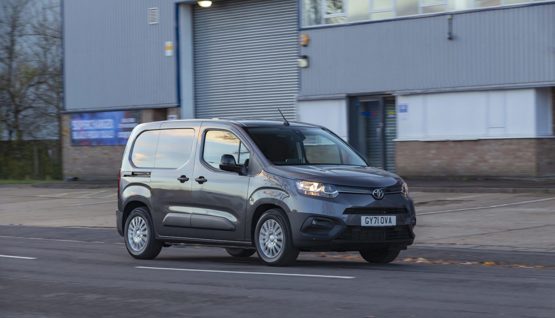
In the vast pool of vehicles based on the Stellantis small van platform the Proace City is our pick for two simple reasons. Firstly, it’s the cheapest to buy and operate over a typical five-year fleet cycle. Secondly, it comes with a 10-year warranty, provided you stick to Toyota’s service requirements.
The Proace City Electric is quiet and refined on the move, easy to live with day-to-day and its 50kWh battery provides a range of up to 168 miles.
The van is available in two lengths with a load volume of 3.3 – 4.4 cubic metres. Maximum payloads for the van are 800Kg for the standard wheelbase version and 750Kg for the long wheelbase model. Both vans can tow braked and unbraked loads of up to 750Kg.
For fleet operators, and drivers, the Proace City provides the same level of practicality, efficiency and refinement as its Stellantis stablemates, but promises stronger residual values and comes with a no-nonsense business-focused specification. It also comes with twin side sliding doors as standard.
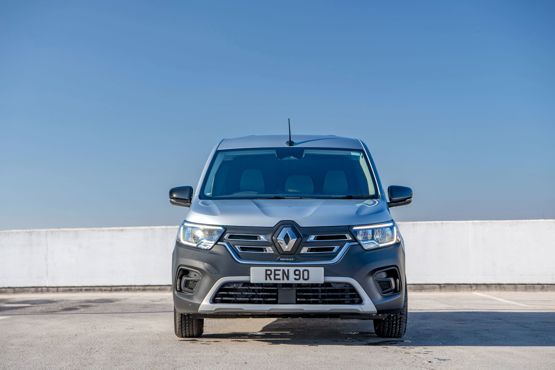
The newest addition in our list, and the only vehicle that’s in its second generation, is the Renault Kangoo E-Tech.
Using an all-new platform and powertrain, the Kangoo E-Tech is a strong contender in the small electric van segment. A 45kWh battery gives the van a range of 186 miles (WLTP).
It has a smaller footprint than the Stellantis equivalent, which makes it more nimble around town, but still offers a similar loadspace.
Two variants are available with 3.3 cubic metres or 4.2 cubic metres. The smaller van has a 608Kg payload, while the larger can carry up to 764Kg. Both have a towing capacity of 1,500Kg.
The Kangoo E-Tech has an upmarket interior and comes with a reasonable amount of standard equipment. It’s good to drive and comfortable, which should satisfy drivers, while running costs remain competitive.
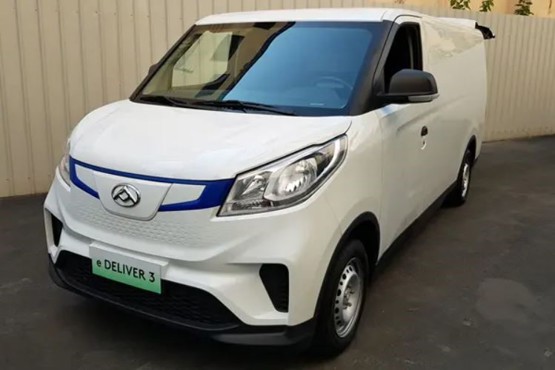
Priced to compete in the small van segment, but with a loadspace and payload to rival medium-sized vans, the Maxus eDeliver 3 is a budget option with strong capability.
Powered by a 50kWh battery, the van promises a range of 151 miles (WLTP) and is praised for the accuracy of its on-board range prediction.
The eDeliver 3 has a maximum payload of 945Kg and a loadspace volume of 4.8 cubic metres. It has a bespoke design, tailored for an electric powertrain, which means it weights around 400Kg less than its nearest competition and can retain more range at higher speeds than other electric vans.
There are two seats in the cab and a simplistic dashboard. Refinement and comfort levels are lower than in more expensive rivals and the technology feels dated in comparison.
The Maxus is a commendable option for those that want a practical and capable electric van at a low price point.
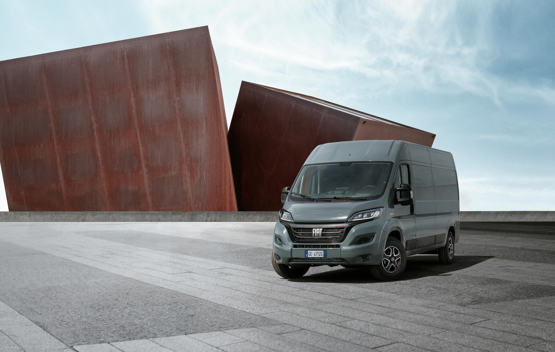
A broad range of 28 body styles makes the Fiat e-Ducato worthy of being included in this list. There’s a variety of lengths and heights for the panel van, alongside a chassis cab and minibus.
Two battery options enable operators to prioritise range or price, depending on their needs.
The smaller 47kWh unit provides a range of 88-108 miles, while the larger 79kWh battery provides a range of 147-175 miles.
Loadspace volumes for the e-Ducato panel van range from 10 cubic metres to 17 cubic metres. Payloads are impressive, with up to 1,885Kg available.
The van provides stable handling and improved ride quality over the diesel variant.
Running costs are competitive, but not class-leading. Due to the sheer range of variants available, it’s likely the e-Ducato will suit a lot of needs that other vehicles simply cannot.



















NigelBoyle - 17/08/2023 11:22
I know that vans have to allow for load but until they fit batteries to get the range cars are coming out with it will be a long time before the are out in volumes.